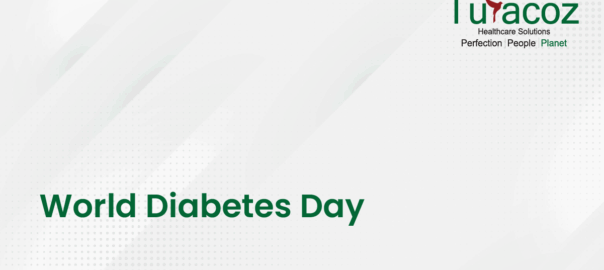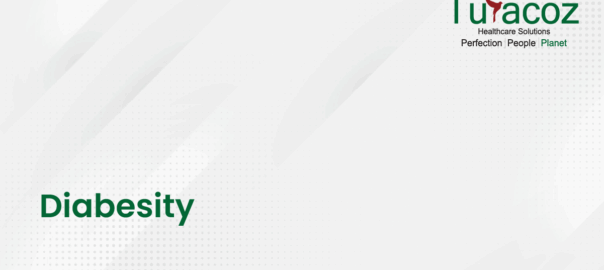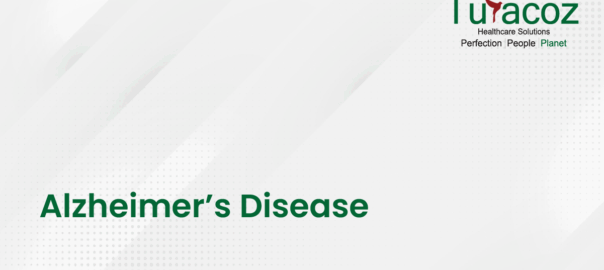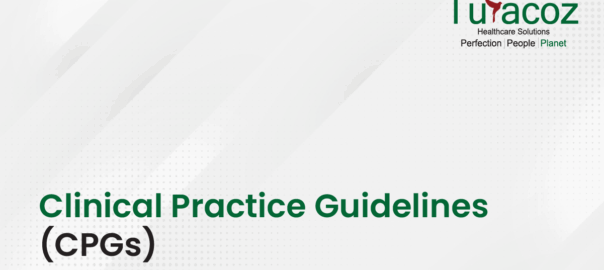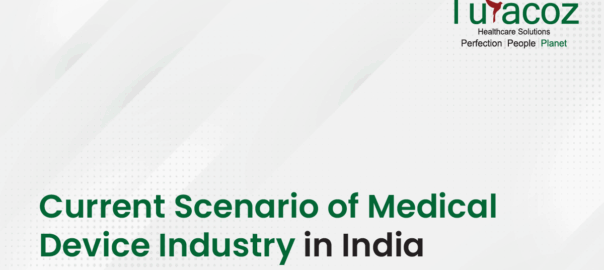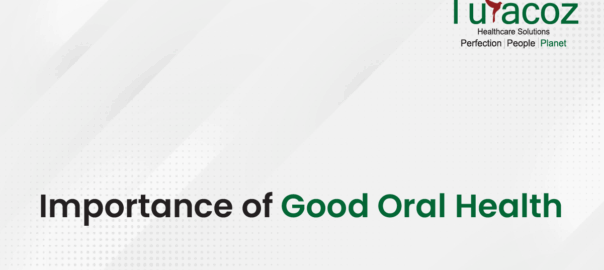Evidence-based practice (EBP) is defined asthe conscientious, explicit and judicious use of current best evidence in making correct, prompt and individualistic patient care decisions. (Sackett D, 1996)
EBP integrates the clinician’sown expertise, the best available scientific evidence, and the patient values and preferences (Figure 1).
Figure 1: Elements of Evidence-Based Practice (EBP)
Inability of current medical practice to cape pace with the available evidences generated interest in the use of evidence-based practice while a varied number of steps have been defined to be applied for the use of EBP (Figure 2).
Figure 2:Steps Involved in Evidence-Based Practice (EBP)
1. Problem definition: Clinician formulates an answerable clinical question based on the most updated and relevant data to solve individual patient problem. Defining the problem may provide answers to certain areas ofdisease prevention, diagnosis, prognosis, therapy, causation, cost-effectiveness, etc.
A defined PICO (Population, Intervention, Comparison, Outcome) approach which directly focuses on the clinical question may ensures that it will be helpful in finding the relevant evidences to bridge the prevailing clinical gap.
2. Search for information sources:
After formulating the clinical question, search for appropriate scientific evidences in various databases including PubMed, EMBASE etc. must be done. Firstly, a search for the relevant evidence-based guidelines is done and if it is not available, scientific evidences including systematic reviews or individual studies are referred too.
3. Appraise the information for validity and applicability:
After literature search,each review/study needs to be critically appraisedfor relevance, reliability, validity, and applicability to the persisting clinical question. A clinician can rapidly appraise the study by assessing three important aspects which are:
Validity of study results: It should include assessment of research methods (randomization or non-randomization), characteristics of patients prior to intervention, and instruments used to measure outcomes.
Results and their importance: It should include effectiveness of the intervention, its impact on outcomes, and probability of getting similar results in the clinicians’ own practice settings.
Applicability of the results in patent care: Clinical considerations of the study results such as similarity between study subjects and one’s own patients, benefits/risks ratio, and patient values and preferences, and feasibility and cost-effectiveness needs to be incorporated.
4.Integration of the evidence with one’s clinical expertise and patient preferences and values:
As discussed above, EBM is not solely based on appraising scientific evidences. In the integration step, the relevant scientific evidences are combined with clinical expertise andalso the patient’s perspective. This step requires answering to several questions on: similarity between study patients and one’s own patient; availability of the treatment; alternative treatments available; side effects of the treatment, outweighing risks and appropriateness of the patient outcomes.
5. Evaluating the effectiveness of EBP for individual patients
The last and the final step in EBP is to assess the effectiveness of evidence-based approach when applied to a specific patient. It assesses the clinical improvement of the patient achieved with the evidence and whether it is comparable and as found in the research study.
Level of Evidence
The Level-of-Evidence pyramid represents the types of studies which represents their research quality and risk of biasness. As we move up in the pyramid, the research quality increases while risk of biasness decreases.Studies are assigned to specific hierarchy in the pyramid based on their methodological design quality, results validity, and applicability to patient care. Levels of evidence for different subjects including therapy, diagnosis, prognosis etc. can be viewed at the Oxford Centre for Evidence-based Medicine website (http://www.cebm.net/blog/2009/06/11/oxford-centre-evidence-based-medicine-levels-evidence-march-2009/) Researchers practicing EBP should have an understanding of level of evidences to prioritize all the information collected. EBP holds a strong ground in the top-order of the pyramid as shown in Figure 3.
Current Status of EBP Application
Presently, the implementation of EBP is not sufficient in making healthcare decision. A recent survey assessed the factors which facilitates or hinders the application of EBP in the clinical context. Respondents stated that in clinical healthcare currently EBP is underused and explained this shortcoming with several practical and structural barriers, which they felt can be better monitored by individual organization and directors. In the survey, only 11% of the respondents used EBP and 20% stated that they worked ‘in the way they always had’.
It was also highlighted that increased awareness about EBP and implementation systems for the same in future will be useful in providing evidence-based, best quality and cost-effective healthcare to individual patients.
Figure 3: Level-of-Evidence Pyramid
Evidence based practice is central to providing high-quality care and decreasing unwarranted variation in practice. Turacoz Healthcare Solutions aims to spread awareness about the latest offerings of evidence based practice so that we are able to do our bit and contribute more towards patient healthcare.







